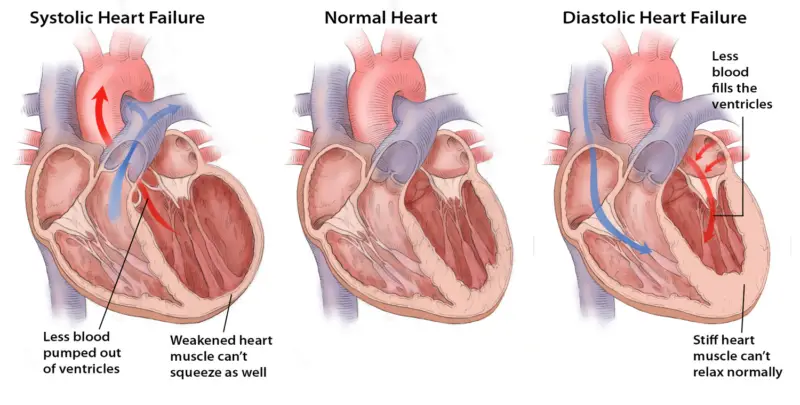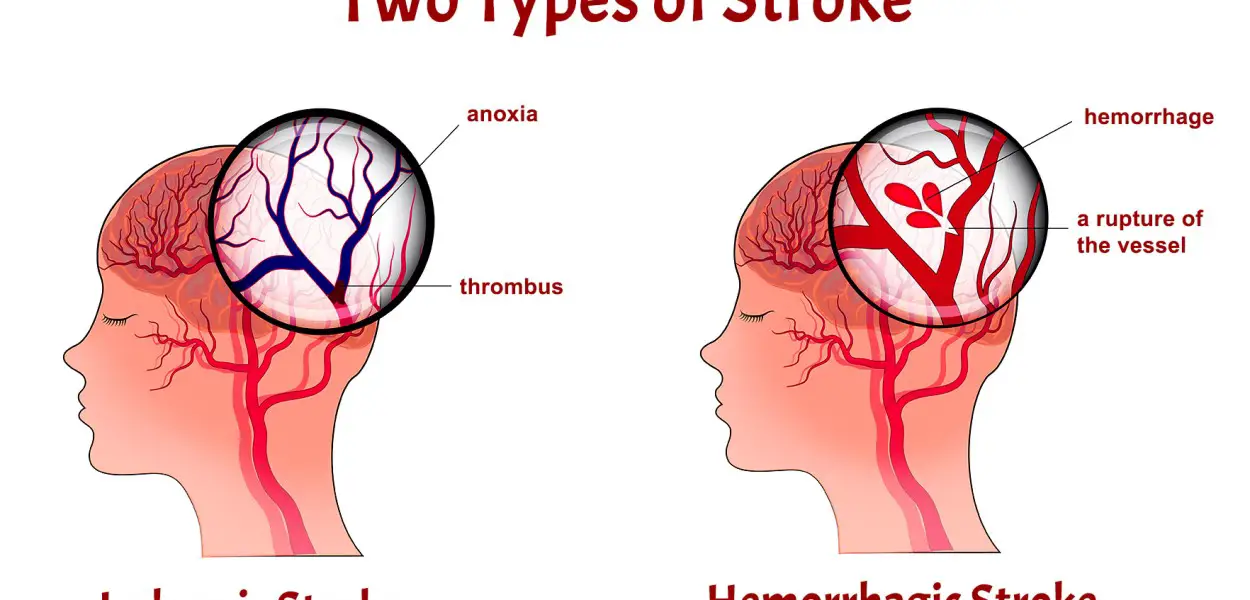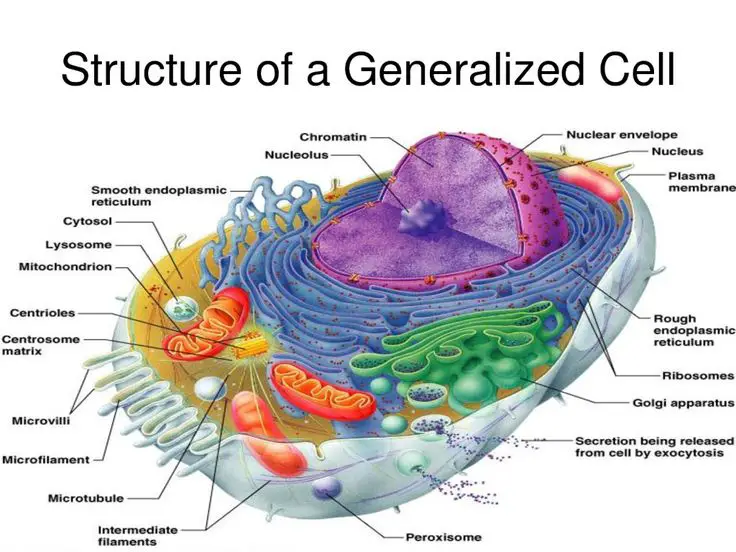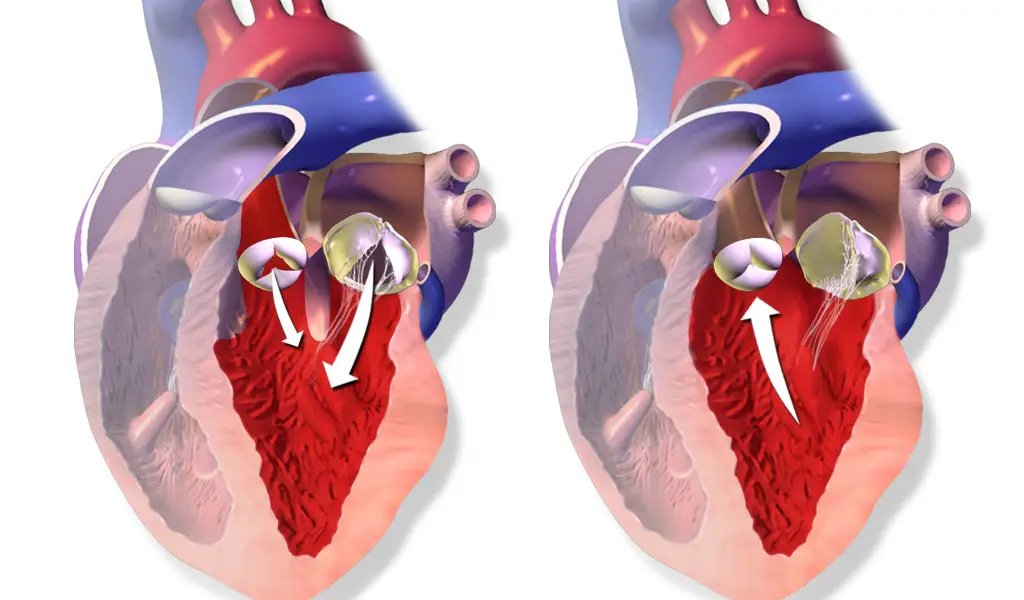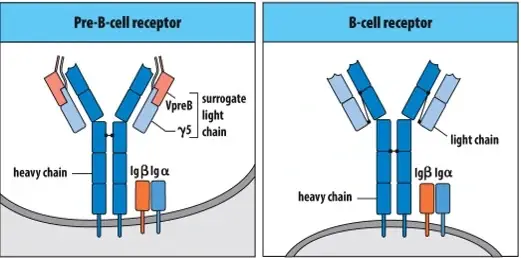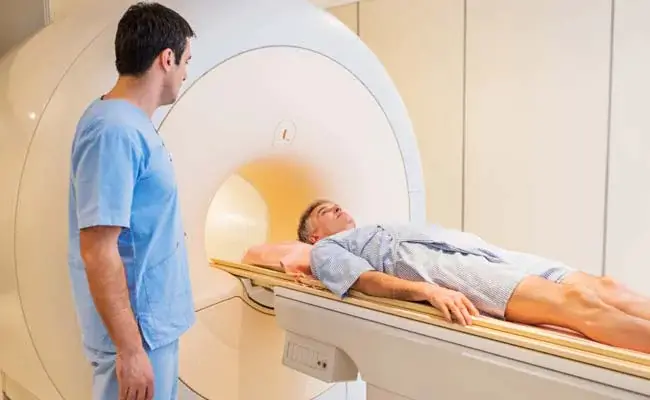NBME Internal Medicine Form 5: Notes and Explanations for the Answers
Hello friends! Here are notes and detailed explanations for questions and answers to the NBME internal medicine Form 5 practice exam. Hope this helps and good luck! Check out the answers and explanations for NBME internal medicine Form 4 and Form 6 practice exam here.



